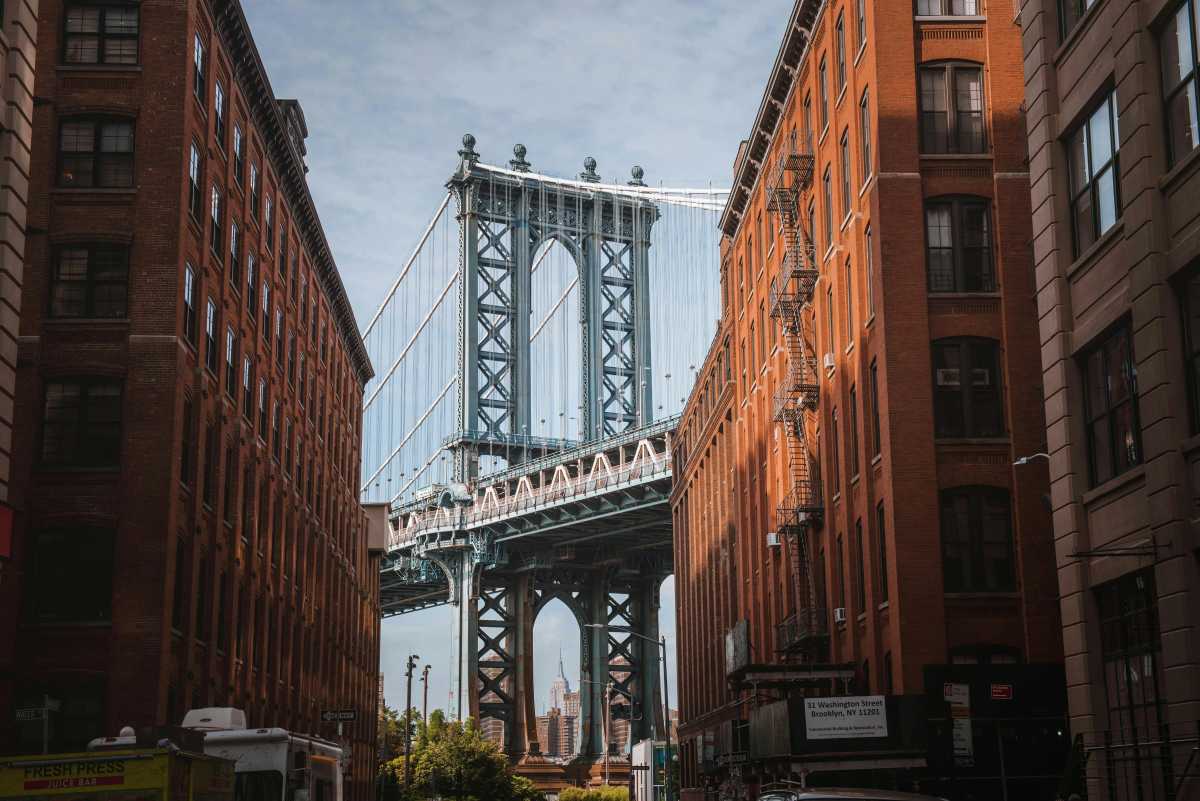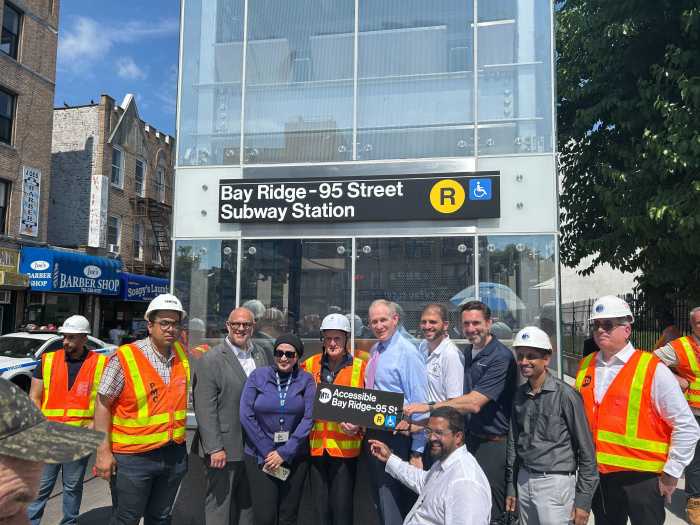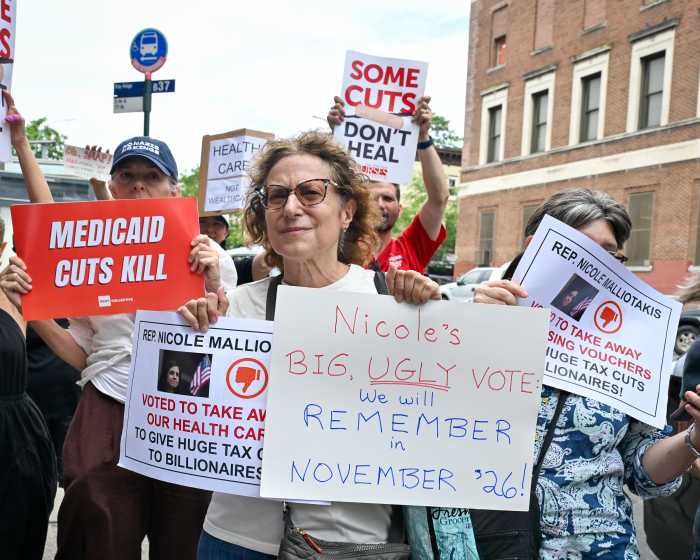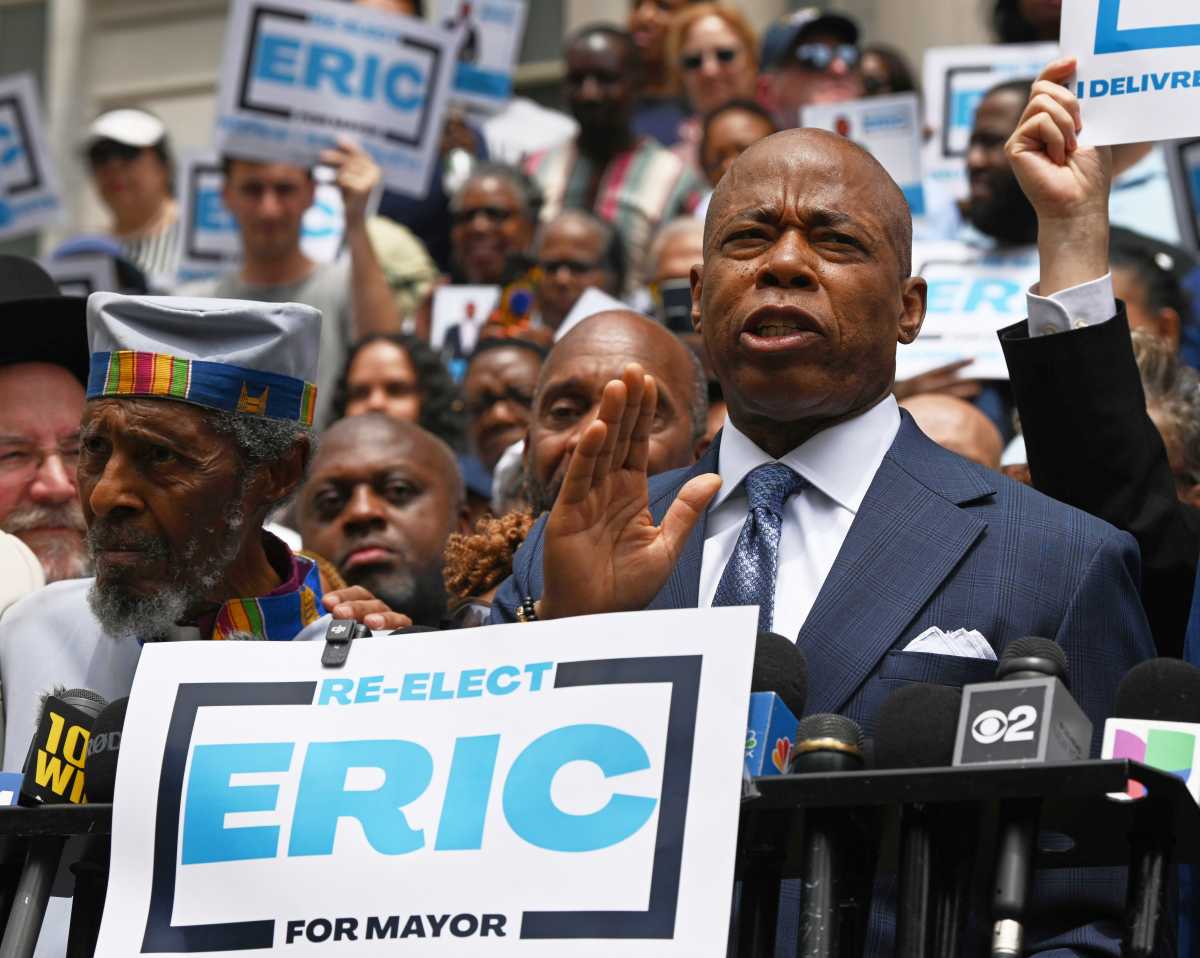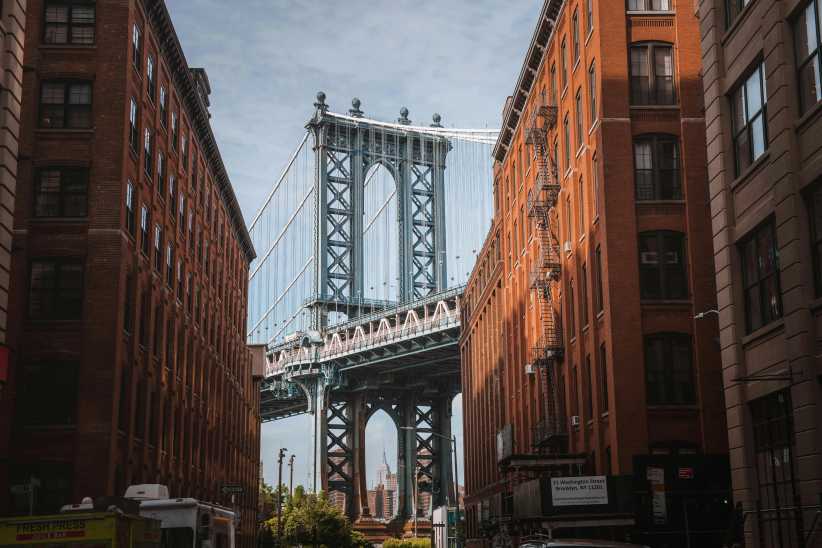In a unanimous vote, the City Planning Commission on Wednesday approved
the proposal to build an Ikea megastore on the Red Hook waterfront.
The 9-0 vote leaves the plan’s fate in the hands of the City Council,
which will next hold a public hearing and has 50 days to render a decision.
The project, which promises the community job opportunities and a public
esplanade, has nevertheless deepened the socioeconomic divide in Red Hook.
The Swedish home furnishings store, which markets its products to largely
middle-income consumers across the country, would be the first within
the five boroughs. Some Red Hook residents say the area will not be able
to handle the traffic and that the waterfront, with its prized views of
the Statue of Liberty and New York Harbor, could be put to better use.
But the company has galvanized a following among residents of the Red
Hook Houses, a series of low-income public housing projects that comprise
75 percent of Red Hook’s population. Unemployment within the Red
Hook Houses is near 20 percent.
The City Planning Commission approval was the latest step in the review
process for the plan, which has already won the endorsement of Borough
President Marty Markowitz, and Community Board 6. Red Hook Councilwoman
Sara Gonzalez has stated her support for the plan.
Amanda Burden, the director of City Planning and chairwoman of the commission,
carefully worded her vote of approval at the meeting, and emphasized that
her reasons for favoring the project stood in response to a need for employment
opportunities in the area.
“Having spent four years building a community justice center in Red
Hook,” she said, describing a project she had worked on prior to
her role in the planning commission, “I know how acutely this community
needs job opportunities. The job-training program by Ikea is essential
to my vote.”
Burden also said that while the issue of transportation problems is an
unknown, it was one that would be monitored while the development proceeded.
Ikea has agreed to conduct a traffic impact study that will commence prior
to construction of the 346,000-square-foot store. That study is to be
completed by Ikea within a year.
While other commissioners voiced enthusiasm for the waterfront green space
that Ikea would build and for the expected flow of money into the borough,
few aired the concerns over neighborhood traffic or long-term waterfront
development and beautification that so many local residents who have opposed
the project have treated as urgent priorities.
“I’m still not convinced this is the best location for this
project; however, I am impressed by the esplanade and do agree with the
need for jobs,” said Brooklyn Borough President Marty Markowitz’s
appointee to the commission, Dolly Williams.
Following the hearing, Ikea representatives shared celebratory hugs in
the hallway.
“We’re thrilled,” said Ikea spokeswoman Joni Yoswein. “We
believe that the commission was thoughtful and their diligence to make
sure that this project was the right thing made us work harder. It’s
never a shoe-in, and it never should be in this city. It should be hard
to build.”
Among the concessions the company made was a 30-day period during which
only residents of the 11231 ZIP code, which includes Red Hook, can apply
for jobs.
Beyond that, said Ray Hall, director of the community group Red Hook Rise,
Ikea owes the community no commitments. Hall’s organization, which
serves to empower minority youth — primarily from the Red Hook Houses
— believes Ikea’s just being there will be enough.
“It’s a blessing that people [the commission] realize it, and
the need for jobs. If it wasn’t a good thing they wouldn’t have
supported it,” he said upon hearing the commission’s verdict.
Hall said he plans to “make sure that they do their part, what they
agreed to in the beginning,” but doesn’t want or need a commitment
on hiring from the company.
“I expect the same commitment that they do for all the other stores.
They’re not doing anything special for Red Hook,” he said, adding
that the jobs would speak for themselves to the unemployed.
He voiced some resentment that the plan wasn’t supported by the whole
of Red Hook and felt frustrated at what he perceived as discrimination
on the part of his middle-class neighbors.
“They don’t want to see the people get out of poverty, they
want people to stay stuck in time so they can take over,” Hall charged.
“We’re going to fight for this community, based on what we were
20 years ago.”
An outspoken community leader against the Ikea plan, Lou Sones said that
despite the omnipresent talk of jobs, he never saw a majority of residents
show up at any meeting in support of the plan. He specifically noted the
commission’s hearing on July 28.
“Twice as many people showed up against it as for it — 30 arguments
were against it and one for it,” said Sones. “We can have 10
times the amount of jobs with waterfront-appropriate use, that’s
a no-brainer for anybody with a vision.”
He defined “waterfront appropriate” as development that is waterfront
dependent and waterfront necessary, such as nice restaurants, hotels and
“even luxury housing units.”
“The political fix is in,” Sones said, somewhat resignedly.
“So it doesn’t matter what’s good for Brooklyn, what’s
good for New York, the deal’s already been made in the back room.”
Sones said the only consolation he had was his belief that the store would
sink, financially.
“I just think it’s going to be too hard to get to. The store
will fail,” he predicted. “They will lose money. They will be
a business failure. That’s the only reason I’m not shooting
myself in the head right now.”


